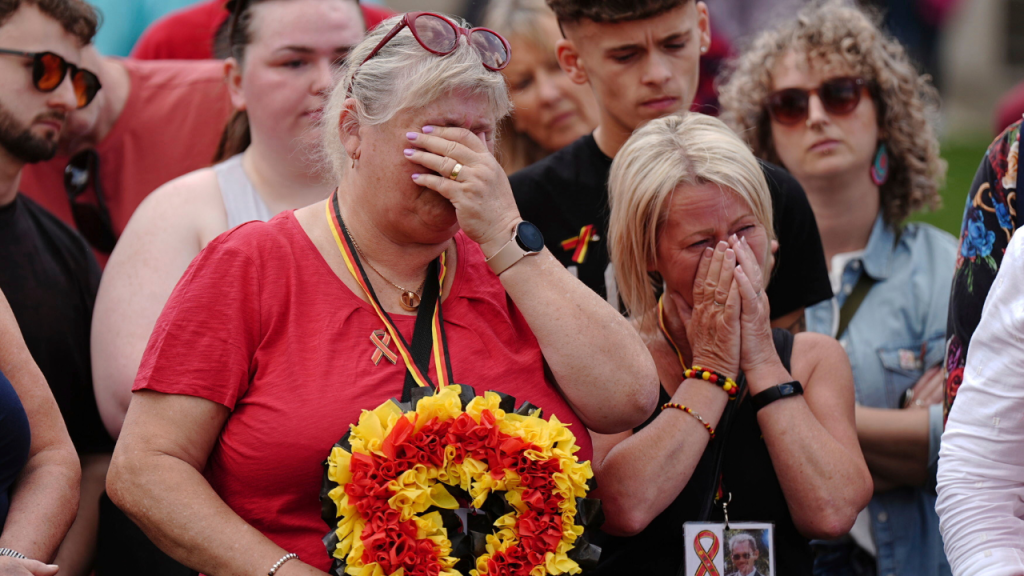The infected blood scandal in Britain is considered one of the deadliest disasters in the history of the country’s National Health Service. British authorities and the public health service knowingly exposed tens of thousands of patients to deadly infections through tainted blood and blood products in the 1970s to 1990s. An estimated 3,000 people died, and many others suffered lifelong illnesses from HIV or hepatitis infections. The scandal involved deliberate attempts to conceal the disaster, with evidence of government officials destroying documents to save face and expense.
Many of those affected by the tainted blood products were people with hemophilia, a condition that affects the blood’s ability to clot. Patients were given a new treatment in the 1970s that the U.K. imported from the United States, where some of the plasma used was traced to high-risk donors, including prison inmates who were paid to give blood samples. Due to the mixing of plasma from thousands of donations, one infected donor could compromise an entire batch, leading to the infection of 1,250 people with bleeding disorders, including 380 children, with HIV-tainted blood products. Three-quarters of these individuals have since passed away.
In addition to those infected with HIV, up to 5,000 others who received the tainted blood products developed chronic hepatitis C, a type of liver infection. Furthermore, an estimated 26,800 people were infected with hepatitis C after receiving a blood transfusion, often given after childbirth, surgery, or an accident. Campaigners have been fighting for decades to bring official failings to light and secure government compensation for the victims. The inquiry into the scandal began in 2017 and reviewed evidence from more than 5,000 witnesses and over 100,000 documents.
The chairman of the inquiry, former judge Brian Langstaff, criticized successive governments and medical professionals for putting patient safety behind saving face and expense. He stated that the infections occurred because those in authority, including doctors, blood services, and government officials, did not prioritize patient safety. Langstaff emphasized that the deliberate attempts to conceal the disaster and the failure to take responsibility further compounded the suffering of those affected by the infected blood scandal. Documents were destroyed, and the response of those in authority only added to the victims’ pain.
British Prime Minister Rishi Sunak is expected to issue an apology, and authorities are anticipated to announce compensation of about $12.7 billion for the victims. Lawyer Des Collins, representing 1,500 of the victims, called the report’s publication a “day of truth” for those who have fought for years to bring official failings to light. Meanwhile, lawmaker Diana Johnson, who has long campaigned for the victims, hopes that those responsible for the scandal will face justice, even if it has been decades since the actions occurred. Despite the lengthy investigations, Johnson believes there must be accountability for the tragic events that unfolded.













